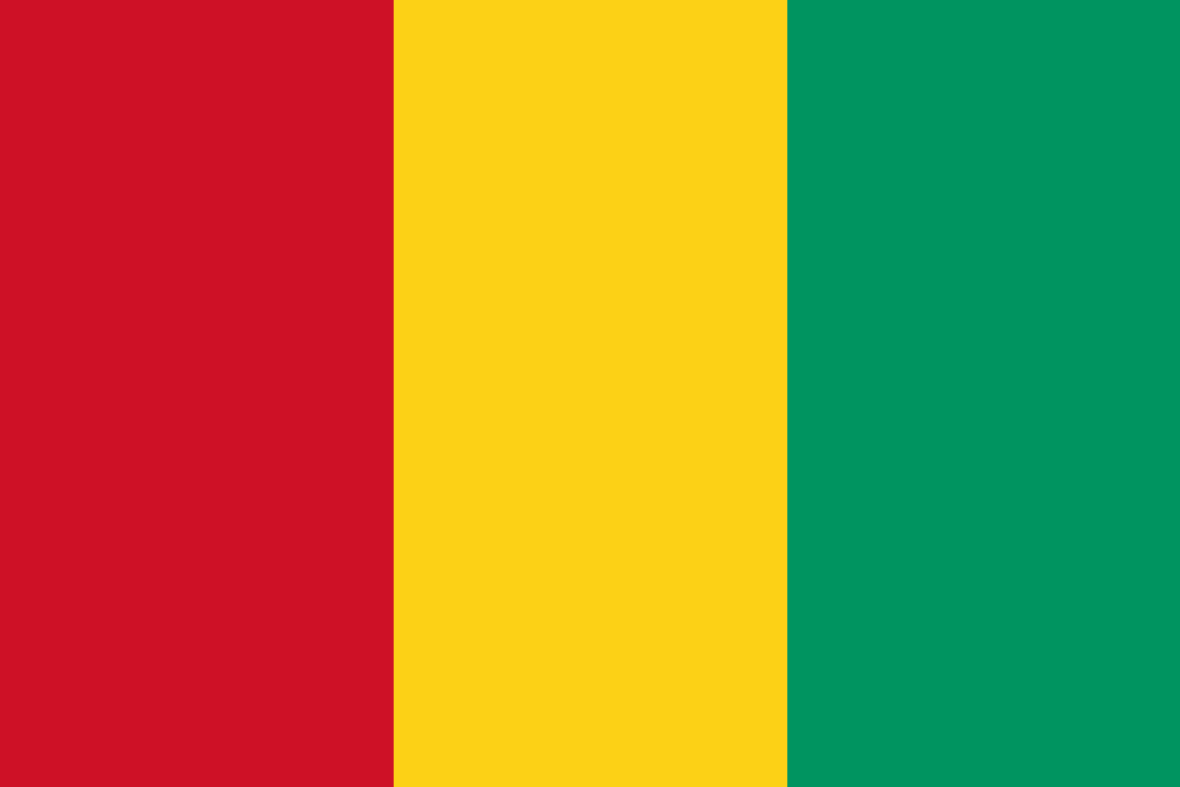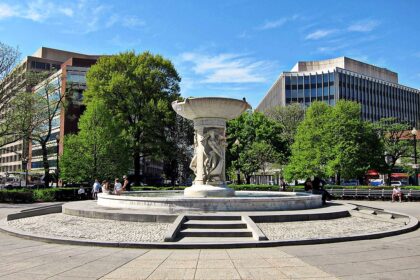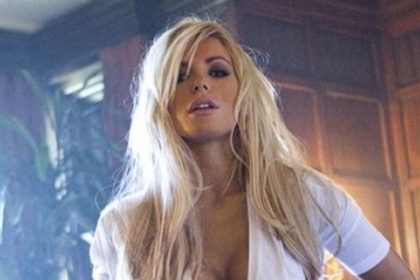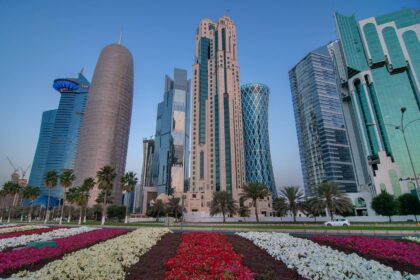Guinea is a country in West Africa, bordered on the west by the Atlantic Ocean. It’s known for the Mount Nimba Strict Nature Reserve, which is located in the southeast. The reserve protects a forested mountain range that’s rich in native plants and animals, including chimpanzees and the viviparous toad. Take a look below for 30 more fascinating and interesting facts about Guinea.
1. Guinea shares its northern border with Guinea-Bissau, Senegal and Mali and its southern border with Liberia, Sierra Leone and the Ivory Coast.
2. The climate is predominantly humid and hot. the monsoonal rains comes from June to November, while the dry season lasts from December to May.
3. The people of Guinea are 90% Muslim, 5% Christian and 5% practice their indigenous beliefs.
4. The official language of the country is French, though many ethnic groups such as the Fula, Mandingo and Susu speak their own native languages.
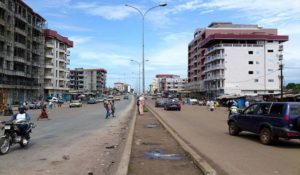
5. Guinea has spectacular landscapes with lush and verdant rainforests and plenty of wildlife in the south. The waterfall rich Fouta Djalon Plateau in the west has breathtaking scenery.
6. Conakry is the capital city of Guinea.
7. Guinea is the administrative, cultural and financial center of the Republic of Guinea.
8. The natural resources include major mineral deposits, hydroelectric power resources and rich agricultural potential. Guinea is the world’s second biggest bauxite producing nation.
9. Guinea gained independence from France on October 2, 1958. Independence day is celebrated every year as the National Day of the Republic of Guinea.
10. Conakry is the wettest capital in the world with about 3.7 meters of rain per year.
11. Guinea was known as French Guinea before the Republic of Guinea.
12. The land that is now Guinea belonged to a series of African empires until France colonized it in the 1890s, and made it part of French West Africa.
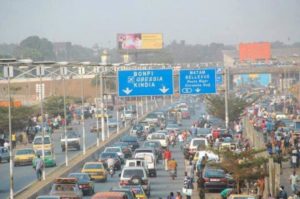
13. From independence until the presidential election of 2010, Guinea was governed by a number of autocratic rules.
14. The Ghana Empire is believed to be the earliest West African empire that grew on trade but contracted and ultimately fell due to the hostile influence of the Almoravids. It was in this period that Islam first arrived in the region.
15. After the fall of the major West African empires, various kingdoms existed in what is now Guinea. Fulani Muslims migrated to Futa Jallon in Central Guinea and established an Islamic state from 1735 to 1898 with a written constitution and alternate rulers.
16. The Wassoulou or Wassulu Empire was a short lived empire, led by Samori Toure in the predominantly Malinke area of what is now upper Guinea and southwestern Mali.
17. The slave trade came to the coastal region of Guinea with European traders in the 16th century. Slaves were exported to work elsewhere in the triangular trade.
18. Guinea is a republic and the president is directly elected by the people and is head of state and head of government. The Unicameral National Assembly is the legislative body of the country, and its members are directly elected by the people.
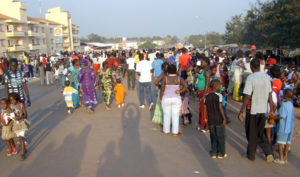
19. Guinea is a member of many international organizations including the African Union, Agency for the French-Speaking Community, African Development Bank, Economic Community of West African States, World Bank, Islamic Development Bank, IMF and the United Nations.
20. President Alpha Conde comes from Guinea’s second biggest ethnic group, the Malinke.
21. Guinea’s opposition is backed by the Fula ethnic group, which is also known as Peul, who account for about 40% of the population.
22. The National Assembly of Guinea, the country’s legislative body, hasn’t met since 2008 when it was dissolved after the military coup in December.
23. Homosexuality is illegal in Guinea. Same sex relations are considered a strong taboo, and the prime minister declared in 2010 that he doesn’t consider sexual orientation a legitimate human right.
24. According to Anastasia Gage, an associate professor at Tulane University, and Ronan van Rossem, an associate professor at Ghent University, female genital mutilation in Guinea had been performed on more than 98% of women as of 2009.
25. In Guinea, almost all cultures, religions and ethnicities practice female genital mutilation. The 2005 Demographic and Health Survey reported that 96% of women have gone through the operation.

26. The literacy rate of Guinea is one of the lowest in the world. In 2010, it was estimated that only 41% of adults were literate. Primary education is compulsory for only 6 years, but most children don’t even attend for that long.
27. Malnutrition is a serious problem for Guinea. A 2012 study reported high chronic malnutrition rates, with levels ranging from 34% to 40% by region, as well as acute malnutrition rates above 10% in Upper Guinea’s mining zones.
28. Malaria is prevalent in Guinea. It’s transmitted year round, with peak transmission from July through October.
29. Polygamy is not prohibited by law in Guinea. UNICEF reports that 53.4% of Guinean women aged between 15 and 49 are in a polygamous marriage.
30. Like other West African countries, Guinea has a rich musical tradition. The group Bembeya Jazz became popular in the 1960s after Guinean independence.

